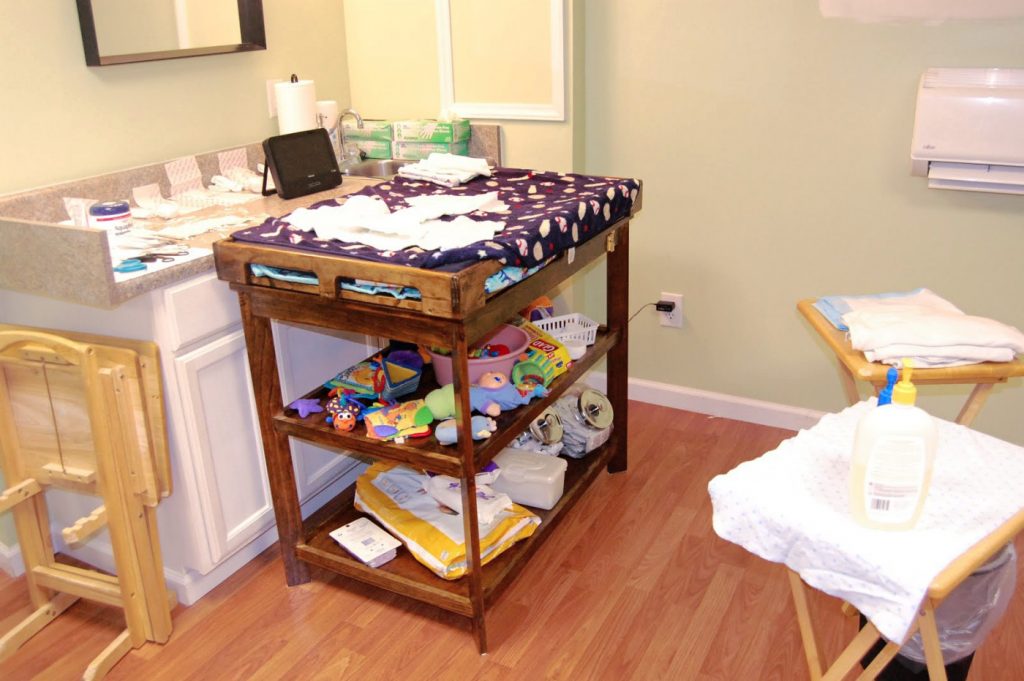After Much Trial and Error, Here’s Our Best Bandaging Techniques

Like with everything involving epidermolysis bullosa, finding the best bandage routine for our son Jonah, who was born with EB in 2009, has been a process of trial and error. The same process certainly doesn’t work for everyone, but I’d like to share what has worked for us.
Someone who doesn’t have EB probably would leave a blister intact, if possible, to keep it protected. But with EB, that is not the case. The blisters must be drained or they will grow from the size of a dime to a tennis ball in a matter of hours. The pressure of the fluid in the blister pulls at the skin on the edges of the blister and further separates the skin layers, making the blister expand.
For a long time, we used a 5-gauge needle or higher to drain the blisters. But we realized we had to get a dozen or more pricks in each one or it would close up and grow again.
We soon moved on to the sharpest suture scissors with the straightest tip we could find to drain blisters. Small and numerous snips are the key. Avoid making slices, as they will cause large, raw patches that are excruciating, especially at bath time.
After draining, we cut a wound-sized square of Restore or UrgoTul contact layer and put that directly on the wound. If needed, we slather coconut oil or Polysporin on the contact layer (not the skin!) with a tongue depressor before placing it.
After that, we cut a patch just a bit bigger of Mepilex Lite wound dressing to put over the contact layer. The contact layer keeps the bandage from sticking, and the Mepilex Lite keeps the drainage from seeping through to the top layer.
If wounds look infected, consult your doctor.
For most of Jonah’s wounds, Bactroban topical ointment has worked, but there have been several times we’ve needed oral antibiotics. Things can go south quickly, so keep a careful watch, and check questionable wounds daily.
After we have drained and patched all of Jonah’s blisters, we use big sheets of Mepilex Transfer dressing to wrap all of this — on his arms, legs, chest, back, belly, and shoulders. This holds all of the patches on and gives the unaffected skin a layer of protection.
We cut our 8-by-20-inch sheets in long strips to make it easier to wrap. If you try to wrap with full sheets, you will go crazy because FOR THE LOVE OF ALL THINGS HOLY, THE WRINKLES!
Learning how to cut your bandages to best wrap your child and not waste bandages is trial and error, and will change as they grow. Once you have a pattern cut, I highly recommend having “cutting parties” with a few family members and friends so you can get a bunch pre-made. This will save you in the long run!
After we wrap with the Mepilex Transfer, we then use Conco 4-by-4 roll gauze to hold that layer intact. There are many brands of wrap gauze, but we’ve found Conco to be the softest, which is beneficial if any of it ends up touching the skin directly. If you have a baby or younger child, use the 2-by-4 or 3-by-4 sizes.
On top of the wrap layer of dressing, we use a sleeve layer called Tubifast. Red Line is best for babies and goes up in size as they grow.
For reference, Jonah now uses green for arms, blue for legs, and purple for the torso.
Helpful tip: It gets softer the more you use it, but will shrink in the dryer, so cut your pieces a quarter longer than you actually need. Oh, and wash them in lingerie bags or you will have a stringy, twisty nightmare on your hands that will make you say bad words.
Most of all, you need to know that if your child has a moderate to severe case of EB, blisters are going to happen no matter what. They will come without warning and seemingly without cause. You will not be able to stop them.
I’m not being negative, but it’s important to be realistic. I got in trouble when Jonah was little and would have a good spell, and I’d think, “Oh, he’s getting better!” And then the next day when we’d unwrap him and he’d have several huge blisters again, I’d feel pretty hopeless.
EB is what it is, and until there’s a cure, the best thing you can do is learn how to bandage your child the best you can to prevent as many blisters as you can, knowing that it’s an imperfect solution to a damnable disease. But in this fight, you are not alone. Please let me know how I can help you!
***
Note: Epidermolysis Bullosa Today is strictly a news and information website about the disease. It does not provide medical advice, diagnosis, or treatment. This content is not intended to be a substitute for professional medical advice, diagnosis, or treatment. Always seek the advice of your physician or other qualified health provider with any questions you may have regarding a medical condition. Never disregard professional medical advice or delay in seeking it because of something you have read on this website. The opinions expressed in this column are not those of Epidermolysis Bullosa Today or its parent company, Bionews, and are intended to spark discussion about issues pertaining to epidermolysis bullosa.










Leave a comment
Fill in the required fields to post. Your email address will not be published.